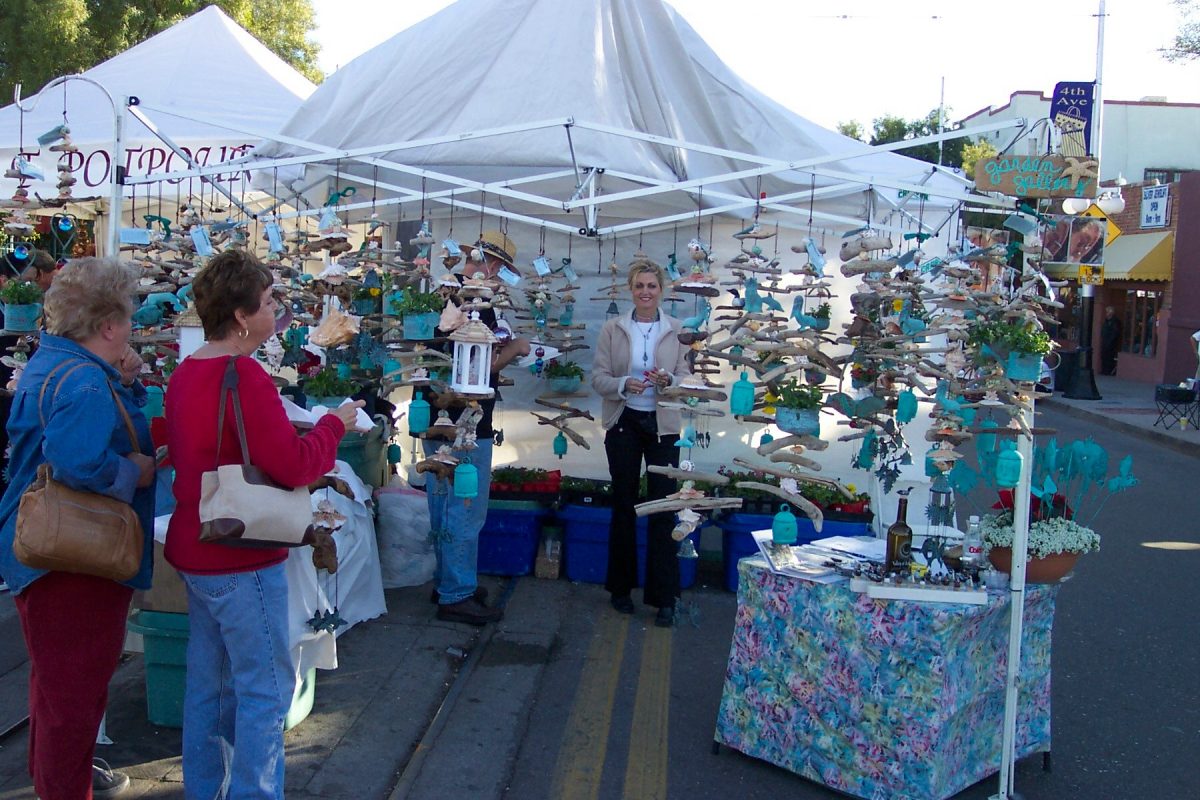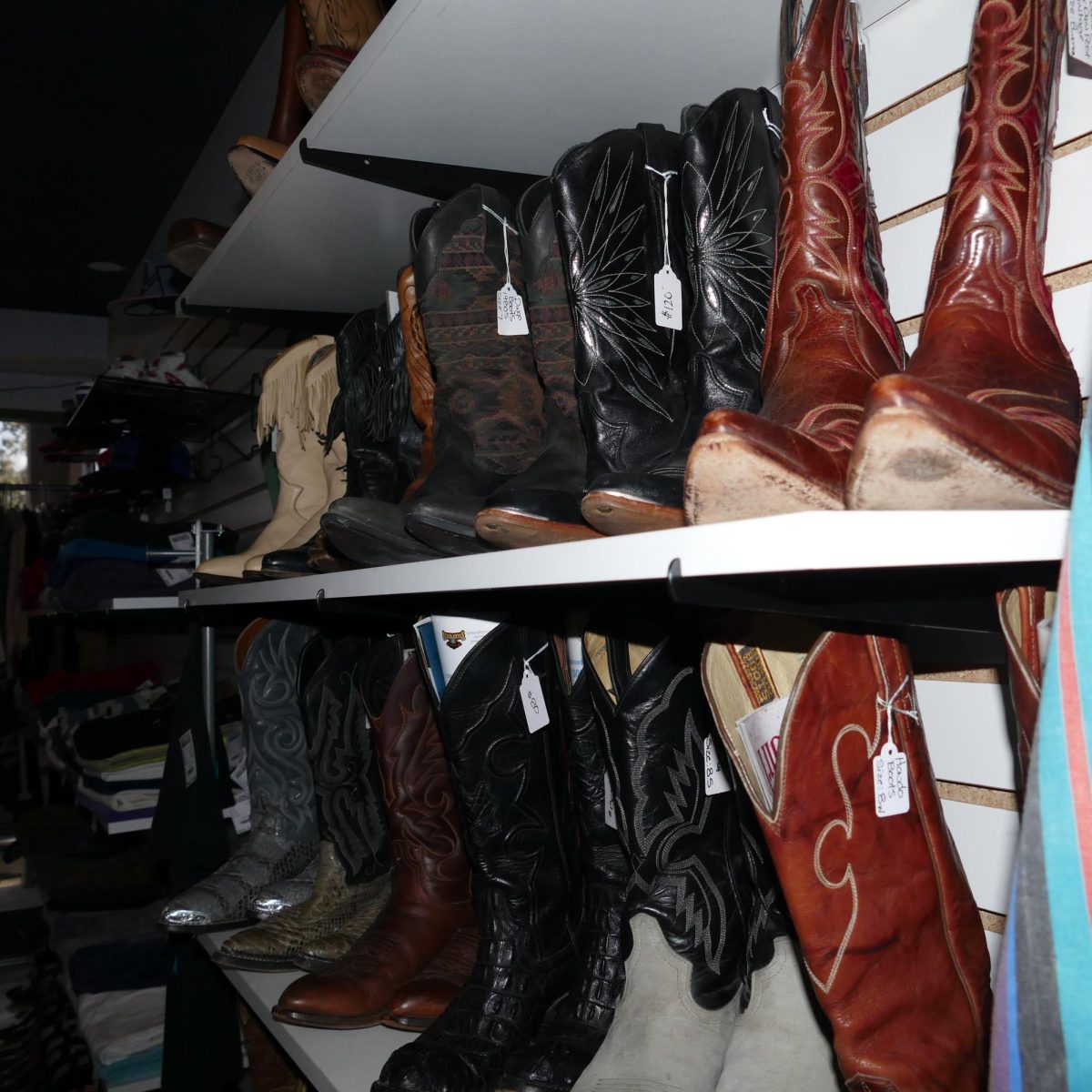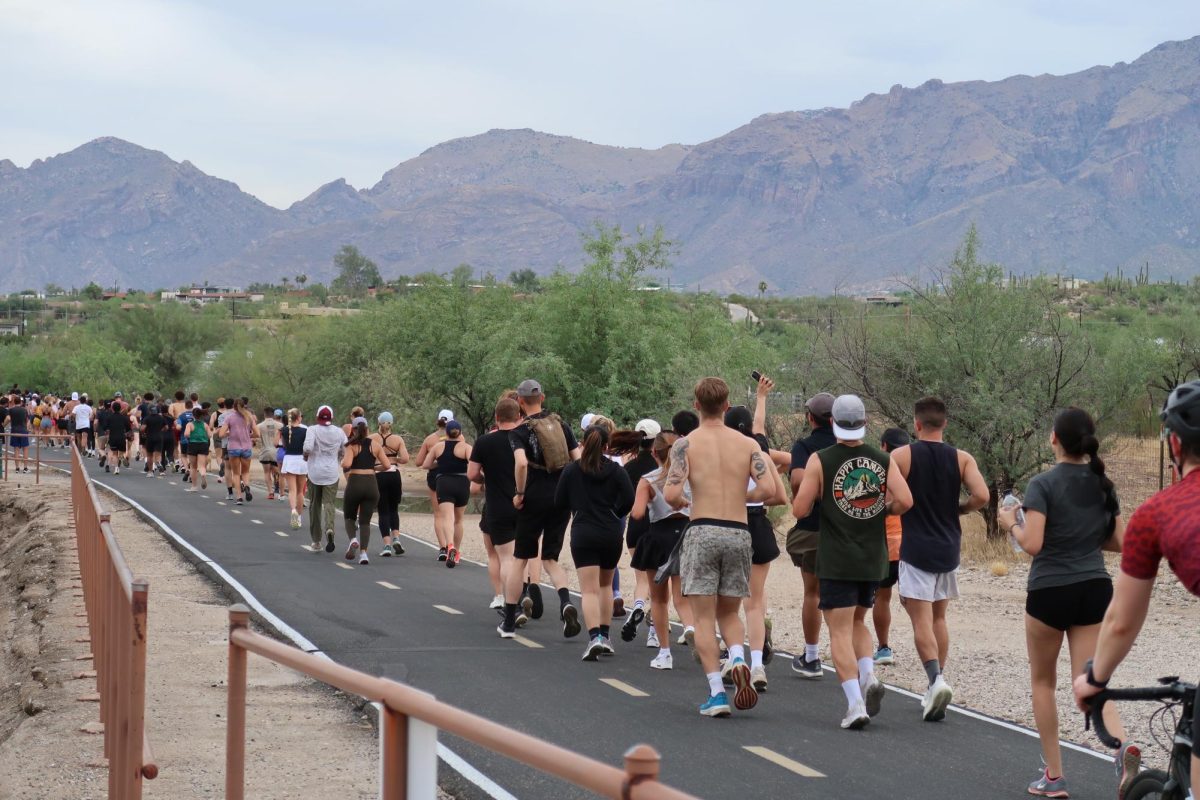 Terry Etherton knew the first time he saw the 90-year-old adobe home on South Convent Avenue in the historic Barrio Viejo neighborhood downtown that was where he wanted to set up his namesake art gallery.
Terry Etherton knew the first time he saw the 90-year-old adobe home on South Convent Avenue in the historic Barrio Viejo neighborhood downtown that was where he wanted to set up his namesake art gallery.
The 1,100-square-foot former home in the middle of the block was big enough to house Etherton Art Gallery.
“The space offered everything we need,” said Etherton, who had been watching the space for some time before it became available.
The downtown location is within walking distance of restaurants, theaters, clubs and their galleries downtown.
When he made the move from his longtime home on South Sixth Street.

Etherton’s Gallery
Back in 2021, Etherton was the first gallery owner to set up in Barrio Viejo, once home to Mexican and Asian immigrants and Native Americans. Since then, three galleries have moved into the area, creating an arts district of sorts and once again changing the character of that neighborhood.
The small neighborhood downtown was rich in culture and home to a diverse community of residents from Americans to Europeans, Africans and Asians. According to Barrio Viejo historian Anne W. Shiff, the arrival of the railroad brought Chinese immigrants, who moved into the neighborhood and opened restaurants, laundries and markets. Through the years starting in the 1870s there were over 170 markets owned by Chinese and Mexican marchent. Jerry Lee Hos Market, which drew its roots back to the late 1890s, closed in the early 2000s, the last of the neighborhood’s Chinese markets.
Landmarks like the Teatro Carmen on South Meyer and El Tiradito the Wishing Shrine represent a celebration of the neighborhood’s cultural history. Annual Day of the Dead festivities, Carrillo Elementary School and St. Augustine Cathedral are strong reminders of the Mexican-American families that called Barrio Viejo home.
Today Barrio Viejo in the heart of Tucson has a dual personality: vibrant neighborhood with historically renovated adobe homes in Oaxacan color schemes and bustling commercial district, with law offices nestled in renovated homes next to coffee shops and small cafes. The neighborhood also is across the street from the Tucson Convention Center and the Tucson police and fire department, making it one of the most sought after places to live and work.
“The adobe construction common to this area and a wealth of detailed historic documentation allowed many of the neighborhood’s oldest structures to be restored, rebuilt and re-imagined for a new century,” Shiff said.
But it is the art galleries that set the neighborhood apart from other Tucson barrios that have seen a revival in recent decades.
Etherton Gallery at 340 S. Convent Ave., known for exhibiting top local and regional artists whose works often address local and national issues, was the first to discover Barrio Veijo. Acting on a tip from Lewis Framing owner Bea Mason, the gallery snapped up the space in June 2021, said Etherton publicist Daphne Srinivasan. Lewis framing has been located in the barrio for more than 40 years and has worked with some of Tucson’s most notable artists and galleries.
“This neighborhood is going to be the next big thing,” said Dan Cheek, who works for Andrew Smith Gallery next door to Etherton at 330 S. Convent Ave.
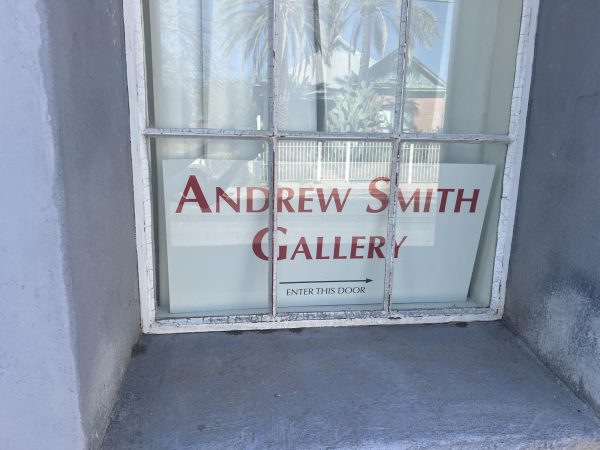
The Andrew Smith Gallery followed Etherton’s move to the barrio: Andrew Smith and Etherton are friends so when Etherton found his spot on South Convent, he let Smith know the building nextdoor also was available.
Andrew Smith Gallery launched in Albuquerque, New Mexico, in 1973, before moving first to Santa Fe, then, about six years ago to Tucson. The gallery specializes in historic and classic photography and many of its contemporary photographers are mostly Native American.
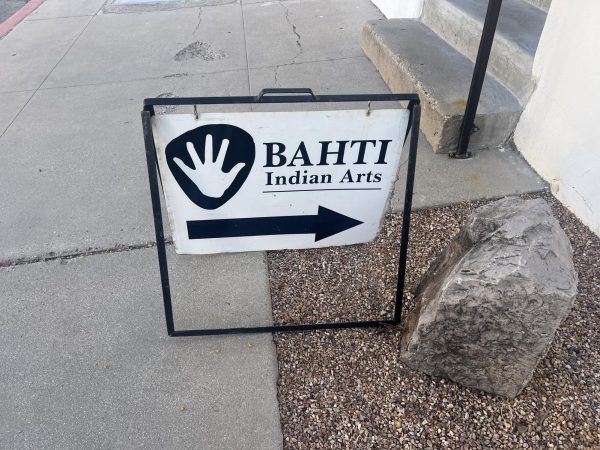
Bahti Arts, which has been in Tucson since 1952, is one of the newer barrio residents. The gallery, known for its tradition and contemporary native art, moved last November, although gallery Mark Bahti “actually grew up in Barrio Viejo and built a house down the street from the gallery,” said Tim Price, who manages Bahti Indian Arts at 350 S. Convent Ave.
Bahti Arts is known for its traditional and contemporary native art from artists including Harrison Begay, Pat Pruitt, Charles Loloma and Jimmy Toddy.
Arizona Sonoran News is a news service of the University of Arizona School of Journalism






